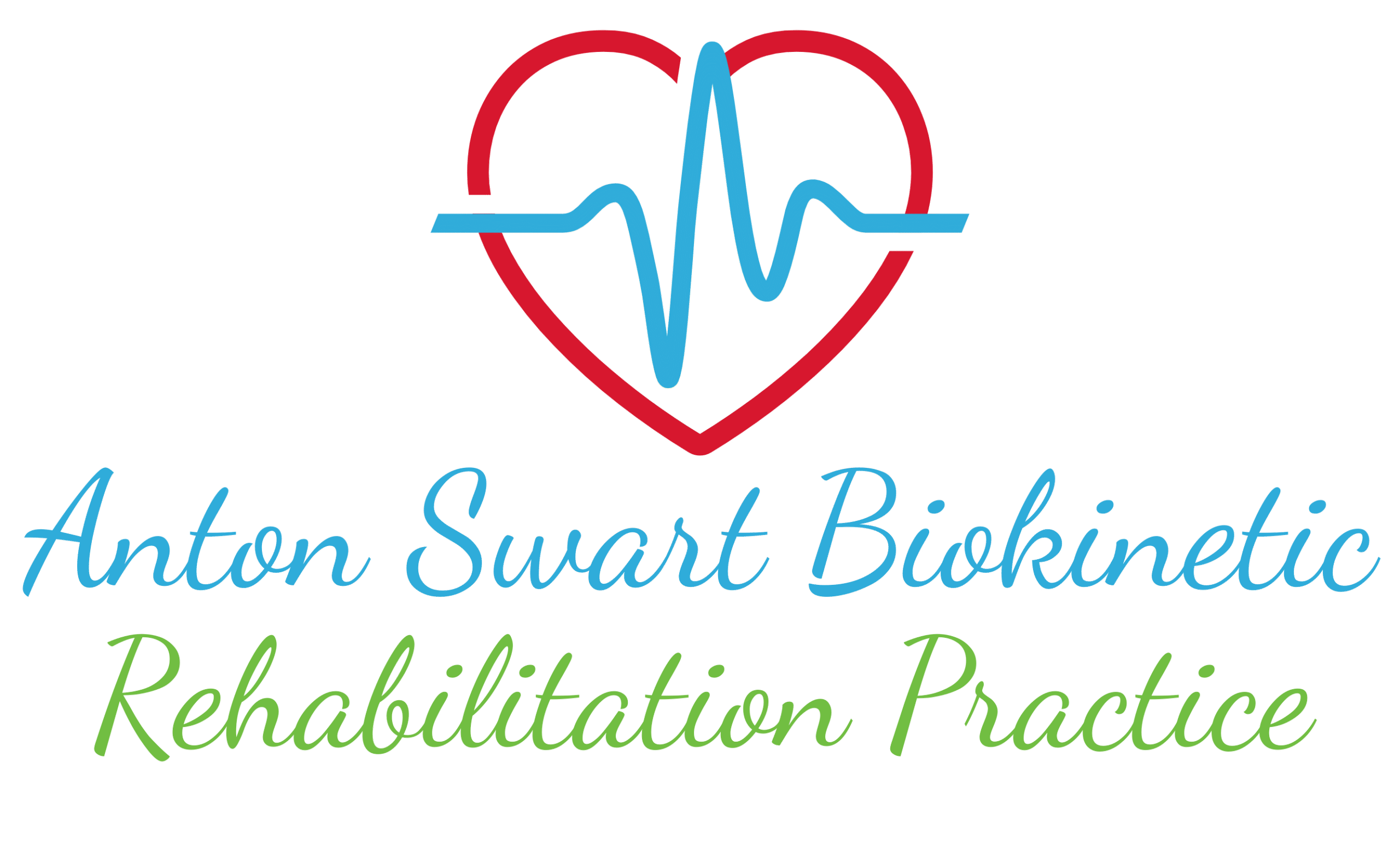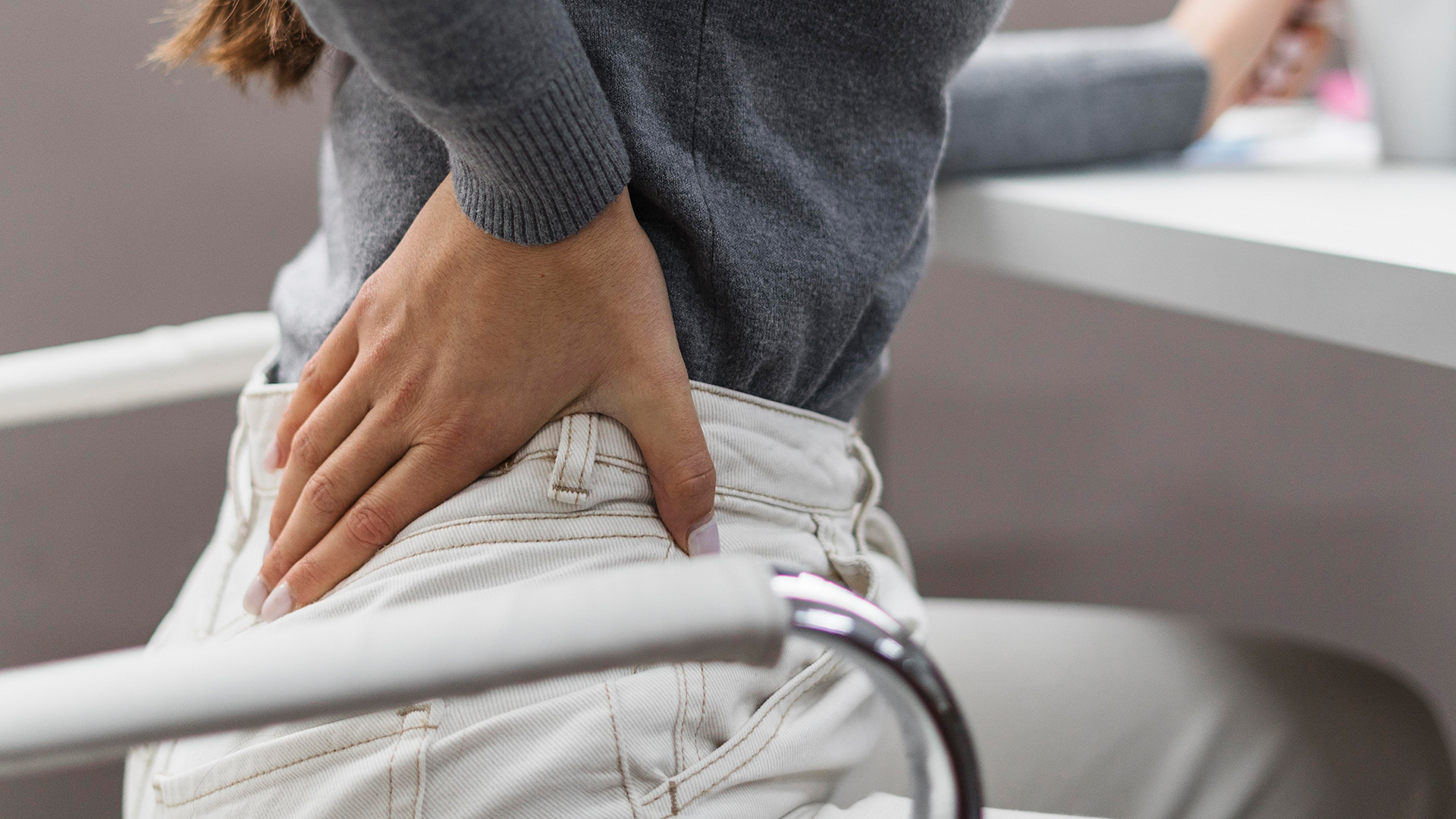Clinical Importance of Biokinetics through the Means of Physical Therapy
A total hip replacement (THR), also known as total hip arthroplasty (THA), is performed to relieve pain and restore function in patients with advanced osteoarthritis, fractures, or avascular necrosis. While surgery replaces the damaged joint, physical therapy is essential for:
1. Restoring Functional Mobility and Gait:
- THR improves joint congruency, but patients often present with compensated gait patterns, muscle weakness, and impaired balance that require retraining.
2. Preventing Post-operative Complications:
- Early mobilisation reduces the risk of DVT, pneumonia, and joint stiffness. PT also ensures patients understand precautionary movements to prevent dislocation.
3. Improving Hip Strength, Balance, and Independence:
- Post-surgical muscle inhibition and weakness are common, particularly in the gluteal and hip stabilisers. Rehab rebuilds strength, supports joint protection, and promotes independence.
Important Exercises and Their Purpose
THR rehabilitation follows a surgical precaution-based and phase-based progression. The approach may differ slightly depending on the surgical approach (posterior, lateral, or anterior), but the following is a general guideline. Below are the clinically relevant rehabilitation phases:
Phase 1: Acute Phase
Focus: Protect the surgical site, begin early mobilisation, restore bed mobility, and prevent complications.
- Posterior approach: Avoid hip flexion > 90°, adduction past midline, and internal rotation.
- Anterior approach: Avoid hyperextension and external rotation in the early phase.
Phase 2: Strength & Gait Re-training
Focus: Restore full ROM within limits, normalise gait, improve strength.
Phase 3: Functional Strengthening
Focus: Improve lower limb endurance, joint control, and prepare for daily tasks.
Phase 4: Return to Activity & Maintenance
Focus: Regain full function, independence, and safe return to higher-level tasks.
Safe Range of Motion (ROM)
Week 1–2
Hip flexion to ~90°, abduction and rotation limited per precaution
Week 3–6
Gradually progress to 100–110° hip flexion, full extension
Week 6–12
Progress to full ROM within comfort and safety range
3 months+
Return to functional range of motion with precautions removed (surgeon dependent)
Clinical Considerations
- Assistive device use: Progress from walker → crutches → cane → no aid based on gait quality.
- Leg length discrepancy perception is common early, resolves with gait retraining, not heel lifts.
- Avoid combined motions that stress the joint capsule (e.g., flexion + IR + adduction in posterior approach).
- Scar and soft tissue management may be required to restore mobility in some patients.
- Address fear of movement, especially in elderly patients or those with previous falls.
Summary
Physical therapy following total hip replacement is vital to:
- Regain independent mobility and function
- Prevent dislocation and complications
- Restore full strength and joint control
Rehab must be cautious yet progressive, tailored to the surgical approach, and focused on functional outcomes that enhance the patient’s quality of life and mobility.




